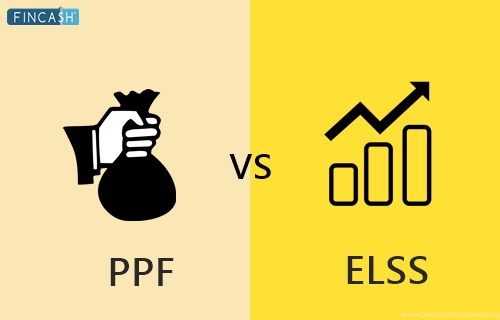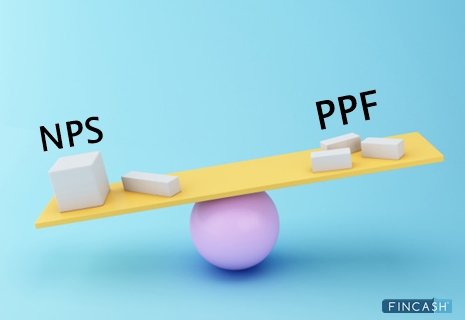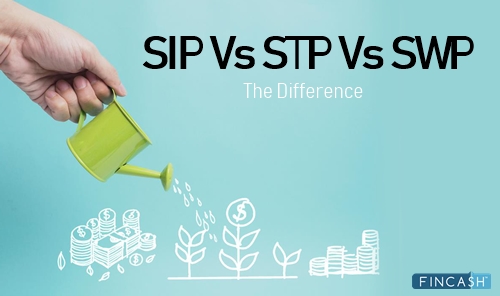SIP vs PPF vs NPS: Which Is Better for Long-Term Wealth?
If you're planning your long-term financial future in India, chances are you've considered three popular options: Systematic Investment plan (SIP) in Mutual Funds, the Public Provident Fund (PPF), and the National Pension System (NPS). Each has its own benefits. Each has its fans. And each is backed by a different philosophy of wealth creation. But which one is right for you?
In this article, we’ll break down SIP vs PPF vs NPS on every meaningful parameter—returns, taxation, liquidity, lock-in, safety, and suitability.
What Are They?
SIP (Systematic Investment Plan):
- A method of investing in Mutual Funds regularly (usually monthly)
- Can invest in equity, debt, or hybrid mutual funds
- Ideal for long-term Market-linked wealth creation
PPF (Public Provident Fund):
- Government-backed small savings scheme
- Fixed Interest Rate (currently around 7.1% p.a.)
- Lock-in of 15 years
- Very safe and tax-free returns
NPS (National Pension System):
- Government-regulated retirement savings scheme
- Combines equity and debt exposure
- Partial tax-free withdrawals at retirement (60% tax-free, 40% annuity)
- Mandatory lock-in until age 60
Talk to our investment specialist
Returns Comparison (Past + Potential)
| Investment | Historical Returns | Type of Returns | Risk Level |
|---|---|---|---|
| SIP (Equity MF) | 10–14% CAGR (long term) | Market-linked | Moderate–High |
| PPF | 7.1% (fixed rate) | Guaranteed | Very Low |
| NPS | 8–10% (blended) | Market + Debt mix | Low–Moderate |
Note: SIP returns vary by fund choice. PPF rates are revised quarterly. NPS returns depend on chosen asset mix.
Tax Benefits (Under Section 80C and More)
| Scheme | 80c Benefit | Maturity Tax | Additional Tax Benefit |
|---|---|---|---|
| SIP | ELSS only (up to ₹1.5L) | LTCG (10% above ₹1L) | None |
| PPF | Full (up to ₹1.5L) | Tax-free | None |
| NPS | Up to ₹1.5L + ₹50K (Sec 80CCD 1B) | 60% tax-free at maturity | Yes – extra ₹50,000 |
Lock-In and Liquidity
| Scheme | Lock-In Period | Early Withdrawal |
|---|---|---|
| SIP | No lock-in (except ELSS: 3 years) | Anytime (NAV-based) |
| PPF | 15 years | Partial after 5 years |
| NPS | Till age 60 | Partial for specific needs only |
Suitability – Who Should Choose What?
SIP:
- Best for investors looking for high growth
- Ideal for goal-based Investing: retirement, child’s education, house, etc.
- Comfortable with market Volatility
PPF:
- Suitable for conservative investors
- Great for tax-free, long-term Capital safety
- Best for people with fixed Income, or older age groups
NPS:
- Ideal for retirement-focused investors
- Good for salaried individuals with long investing horizon
- Offers highest combined tax deductions
SIP vs PPF vs NPS: Which Grows Your ₹10,000 Monthly Faster?
Let’s say you invest ₹10,000/month for 25 years:
| Scheme | Corpus After 25 Years* |
|---|---|
| SIP (12% avg return) | ₹1.68 crore |
| PPF (7.1% fixed) | ₹82 lakh |
| NPS (9% avg) | ₹1.09 crore |
*Illustrative values. Actual results depend on fund choice, rate changes, and market performance.
Final Verdict: How to Choose
| Want... | Choose... |
|---|---|
| High returns with risk | SIP |
| Safety + tax-free returns | PPF |
| Retirement + tax benefit | NPS |
Many smart investors combine all three:
- Use SIPs for growth
- Use PPF for tax-free safety
- Use NPS to build retirement corpus
Final Thoughts
There’s no one-size-fits-all answer. The right plan depends on your goals, risk appetite, income profile, and tax situation. But when used right, SIP, PPF, and NPS can complement each other and help you build real, long-term wealth.
Start early. Stay disciplined. And don’t rely on just one product to build your financial future.
All efforts have been made to ensure the information provided here is accurate. However, no guarantees are made regarding correctness of data. Please verify with scheme information document before making any investment.










